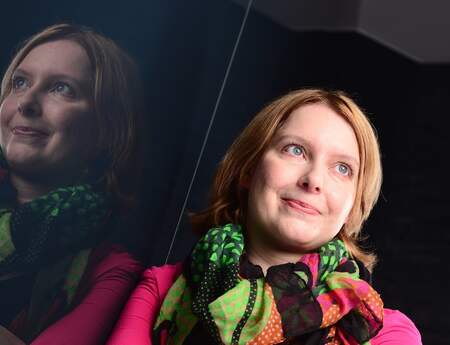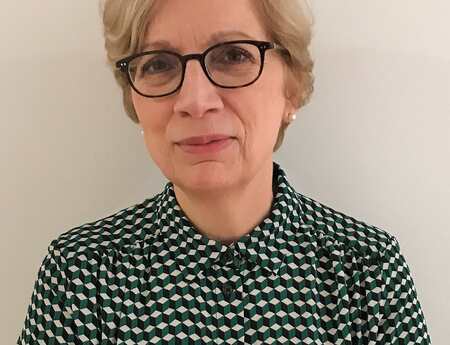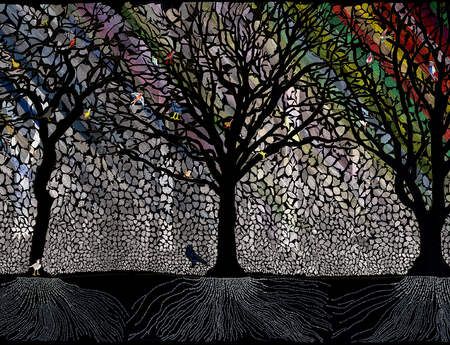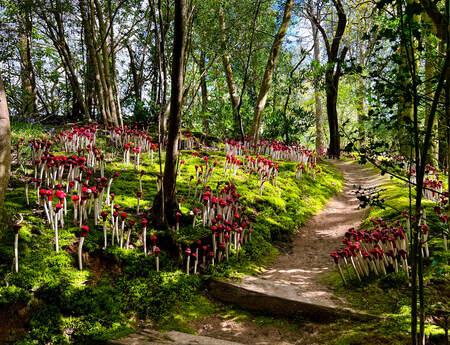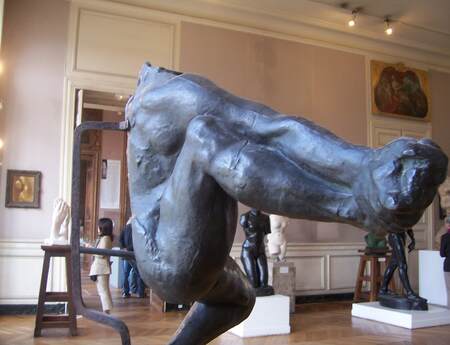The Online Club: For the Love of Trees
Trees are a symbol of life, but not only that – they are also vital to the survival of mankind. Appreciating and protecting them is, therefore, a key issue both from a purely artistic and from an art-activist point of view. Four concrete examples were used here to reveal in a vivid and tangible way how different generations, with different structural, financial and politico-cultural prerequisites approach this matter.
Anne Berk welcomed the many participants in this Online Club event themed For the Love of Trees. She did this not only in her capacity as Co-Chairperson of Sculpture Network but also as curator of the wide-ranging exhibition Feel the Space of the Forest running from 5 October 2024 until 12 January 2025 at the Kunstcentret Silkeborg Bad and dedicated to the same thematic subject. What better starting point for the four speakers to look at their art works in a wider context? Berk warmly welcomed the guests, briefly introduced the four speakers – Martine van Kampen, Cecylia Malik, Bart Ensing, and Bianca Runge – according to the order of their interventions, and outlined the structure of the event.
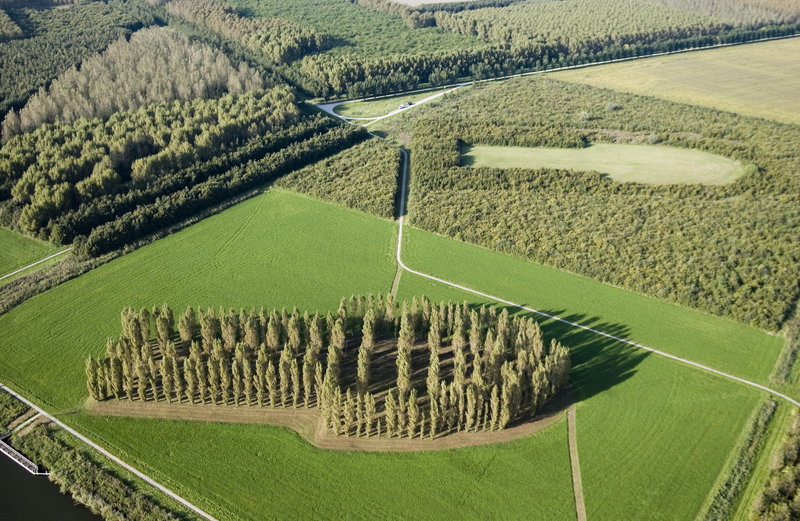
After this general introduction, Martine van Kampen, curator of the Land Art Flevoland from the Netherlands gave an overview of Land Art Flevoland, with her main focus placed on (1934, Netherlands) Gothic Growth Project, situated in the southern part of Flevoland and also known as The Green Cathedral. Work on The Green Cathedral (150m x 75m) started in 1987, and in 1996 the land art project was officially inaugurated. 178 trees had been planted to mimic the floor layout of the Reims Cathedral allowing the wall foundations to grow in height. As early as Gothic architecture, air and light were important elements in the design of buildings. A few years later, The Green Cathedral was complemented by what is known as the Counter-Cathedral a negative of that same floor layout but cut from a small reforested area diagonally opposite the Green Cathedral. Both, afforestation and deforestation come to the fore, along with the protection of the environment and the threats nature faces. And nature is, in all of this, inspiration and pace-setting belief. Gradually, this work of land art became an important site for the people of the neighbouring community and assumed a social function: as a location for public events, family gatherings, club outings or simply as a destination for walks in this often tranquil, almost spiritually charged natural art site.
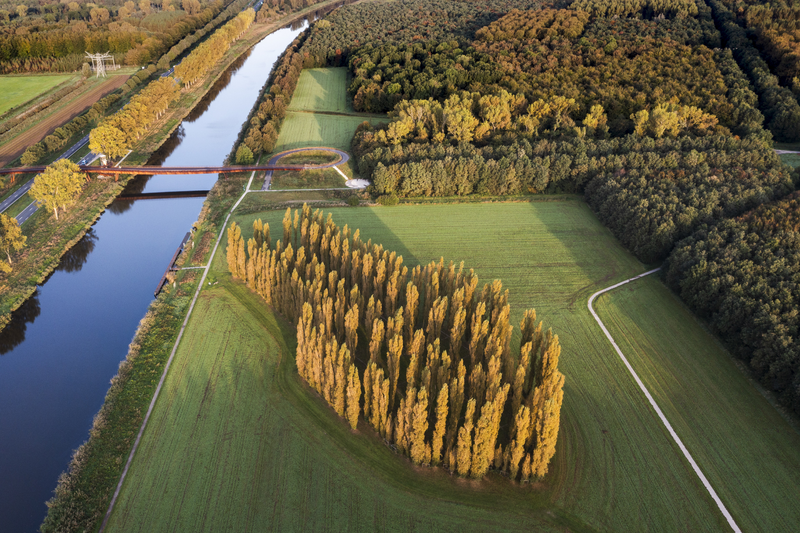
After Martine van Kampen, Cracow-born art activist Cecylia Malik (1975, Poland) spoke about her artistic actions around trees, starting with her art project 365 Trees (2009). Every day, Malik climbed a tree in and around Cracow, had a photo taken of herself, and posted the photo on social media. What began as a kind of a “tree” diary gained momentum thanks to social media and attracted media attention. The project was a major turning point in the life and work of the artist and activist. In 2017, a change in legislation in Poland posed a threat to the existing tree population, prompting Malik to launch a new art-activist project to protect trees and to combat large-scale deforestation. This time, she had herself photographed sitting on a tree stump in the middle of a logging site while breastfeeding her baby, thus, indicating the impact deforestation could have on our future and on our children. Over time, she gained the support of other mothers who agreed to be photographed with her in similar settings. The action resulted in the powerful photography project Polish Mothers on Tree Stumps (since 2017), which went viral on Facebook and contributed to the eventual withdrawal of the controversial law change – a huge success for Malik and for nature.
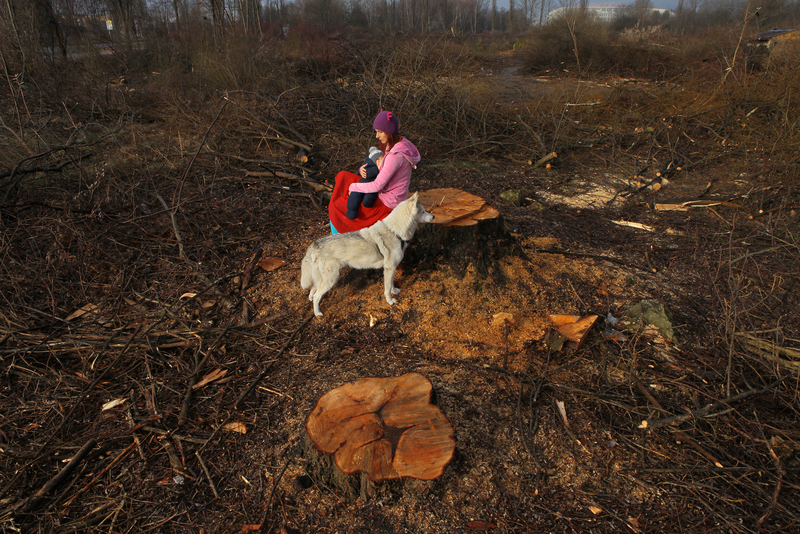
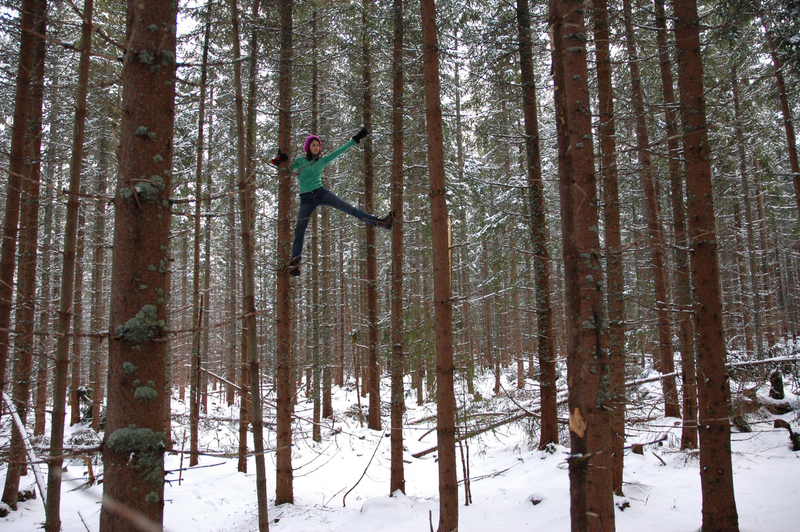
The third speaker of the evening was Bart Ensing (1960, Netherlands), who presented his poetic tree installations some of which incorporate light art elements. Initially, Ensing was not interested in art, but rather in the connections between man and nature, specifically between the viewer and the trees integrated into his installations. After all, art turned out to be the solution to achieve this goal. Gradually, Ensing converted his installations into walk-in structures and, using threads and applying light effects, transformed them into spectacular spaces for multimedia experiences. The form may change over time, but the idea of communication between man and nature remains.
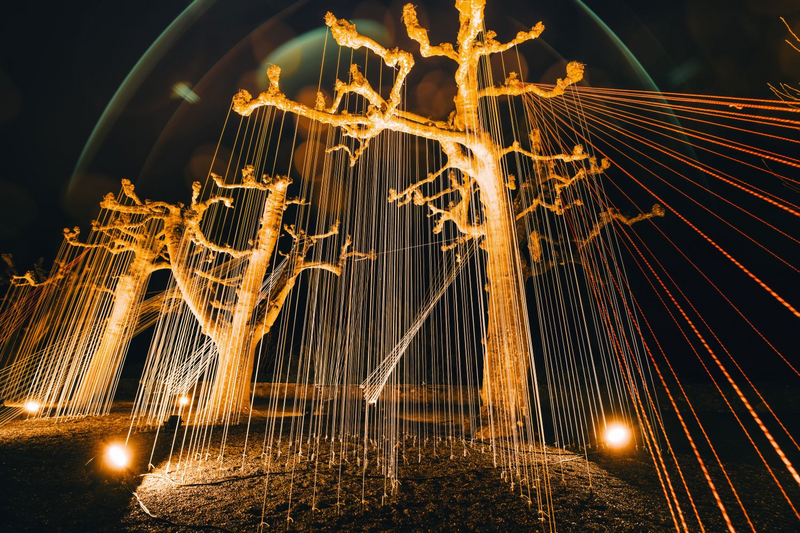
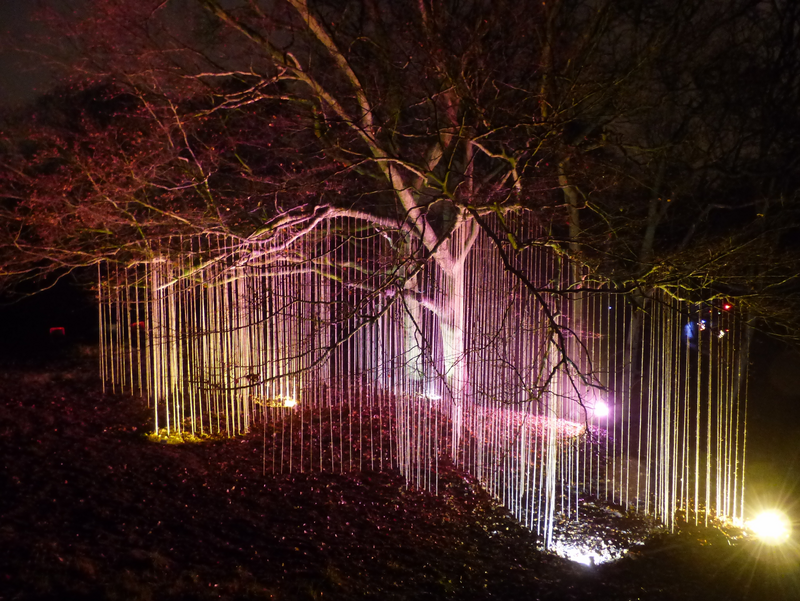
Artist Bianca Runge (1967, Netherlands) has a similar goal but approaches it from a very different perspective. She wraps tree logs in artificial consumer products and uses objects, installations and environments to create an art experience that allows the observer to directly experience sustainability as an important tool for protecting the environment. What you see at first are the colours, the glitter, the opulence, but the longer you engage with Runge´s art the more you notice the implied word of warning. The trees seem to be disappearing under all the products of the consumer society, literally suffocating under them. By allowing the observer to traverse these environments as if in a labyrinth of serpentines and switchbacks, Runge seeks to strengthen the connection between the viewer and the (artificially staged) nature. For example, her work Labyrinth of Memories (VI) (2024) was exhibited in a former church, allowing the sacredness of the space to enhance the impact of the message.
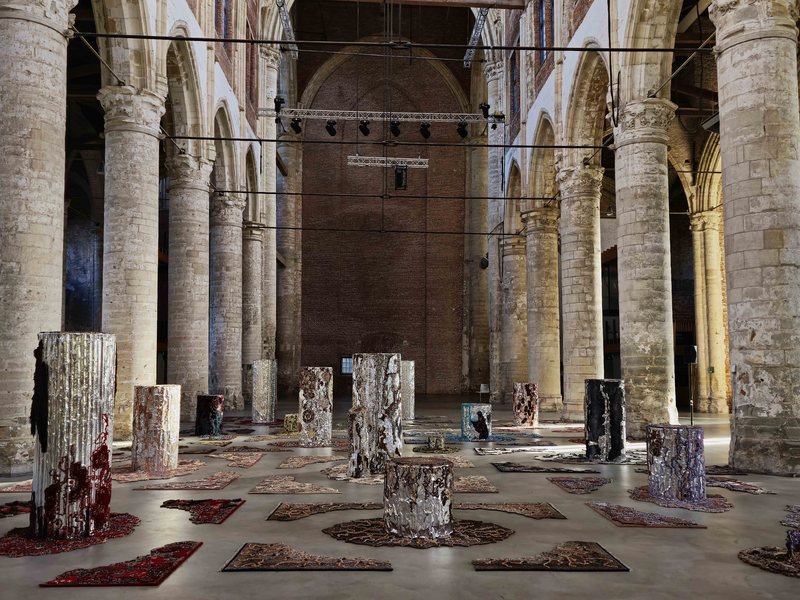
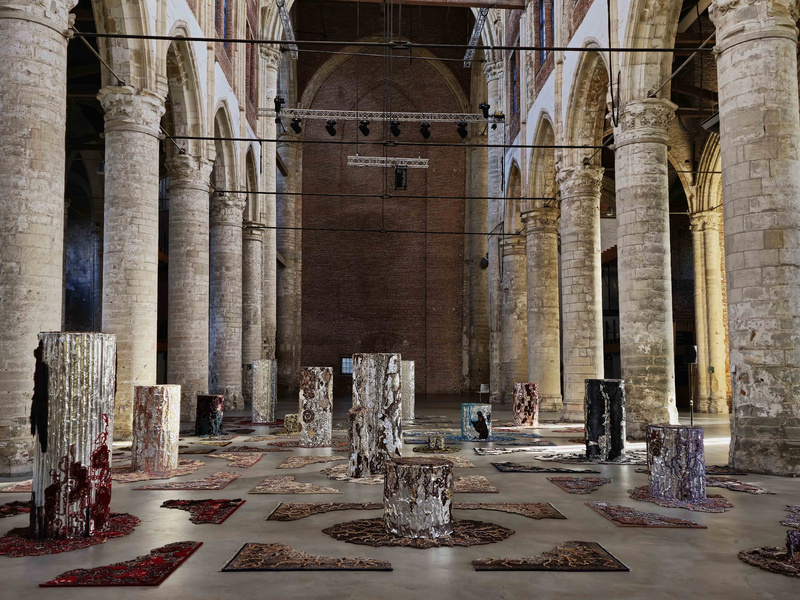
Despite their different approaches, the four presentations complemented each other in a meaningful way and provided inspiring input that left no questions unanswered.
Written by Iris Haist in German.

